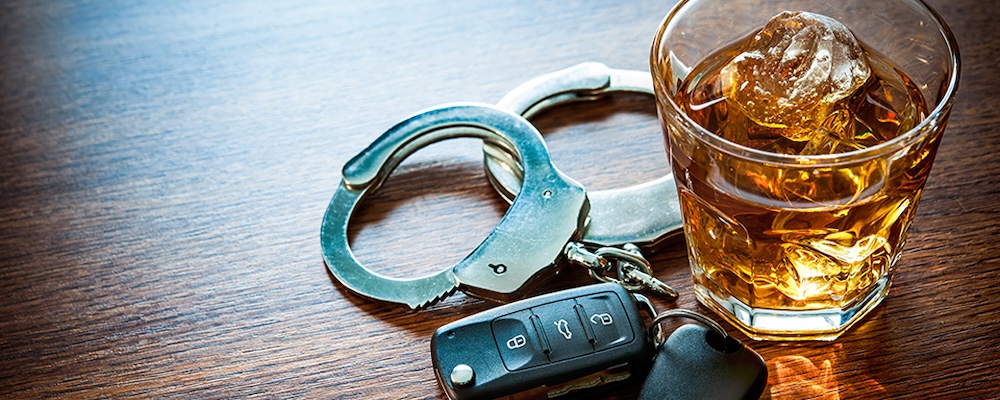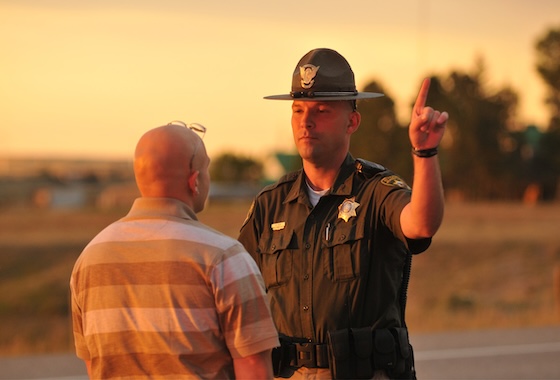Understanding DUI Risks in the Wyoming Landscape
Read time: 3 minutes

Wyoming roads can be dangerous for drivers under even the best conditions. In 2022, the Wyoming Department of Transportation reported 13,569 vehicle crashes. In 2023, Cowboy State Daily reported Wyoming highways are among the deadliest in the United States. The stakes of driving in Wyoming can be high, which is why driving under the influence of alcohol and/or drugs can be even more dangerous in the Cowboy State. Let’s look at why.
Mountainous terrain
Mountain roads mean steep grade climbs and descents, blind turns and winding stretches. When rain, hail or snow hit, these difficult roads become even more difficult to navigate. Drunk driving can slow down your reaction time and impair your judgement and thinking. This is dangerous on mountain roads, when you need to be as alert and in control of yourself and your vehicle as possible.
Severe weather
Abrupt weather changes from snow, hail and thunderstorms can mean treacherous conditions year-round.
In Wyoming, snow typically falls from October through May in lower elevations, but the State also sees snow in July at higher elevations. Snow comes with drifts, black ice and blizzards, which make safe driving challenging. In 2022, 3,632 crashes occurred because of snow or ice.
Severe hail, flash floods, thunderstorms and even the occasional tornado can happen suddenly. These can obscure a driver’s vision and/or reduce a vehicle’s tire traction. High winds in speeds of 30–40 mph and gusts of 50–60 mph can cause lightweight, high-profile vehicles like vans or box trucks to tip over.
Driving during severe weather requires greater focus and sensitivity to yourself, your vehicle and your surroundings. Driving under the influence reduces your ability to focus and perceive subtle changes because it slows your thinking, reasoning and coordination.
Wildlife
An incredible array of wildlife from large animals like mountain lions, bears and moose to smaller creatures like eagles, foxes and badgers live in Wyoming. They help make the State’s natural habitats a huge draw for residents and tourists alike, but they can also contribute to vehicle crashes because they could cross highways and roads unexpectedly. In 2022, wild animals were involved in 16.9% of all Wyoming vehicle crashes. Most of these crashes involved herd animals like deer, pronghorn antelope, elk and moose.
Animals evolved to blend into their surroundings. Even when you’re looking for them during the day, wildlife can be hard to spot. Driving at night reduces your vision overall and driving at high speeds lowers your peripheral vision. Impaired driving can impact your vision and depth perception, so that you can’t accurately judge how far away an animal is. Driving impaired can also reduce your peripheral vision. All in all, driving impaired in Wyoming makes it even more difficult to spot and avoid wildlife on the road.
Rural roads and highways
You might think rural roads with less drivers mean fewer crashes, but you’d be wrong. In 2022, more than 45% of vehicle crashes happened in Wyoming’s rural areas. Rural roads might not be as monitored or maintained as urban roads. Plus, long stretches between gas stations or towns as well as spotty cellular service make it harder to ask for and receive help if a crash does happen. Driving impaired on rural roads and highways is just as risky as driving under the influence in urban areas.
Wyoming roads can be difficult for even the best drivers. Don’t risk driving impaired.
Driving under the influence in Wyoming puts you and others at risk, especially when road conditions are challenging due to the physical landscape, weather conditions, surrounding wildlife and/or road type. Everyone deserves to be safe on Wyoming’s roads. Let’s end impaired driving together. Learn more.






